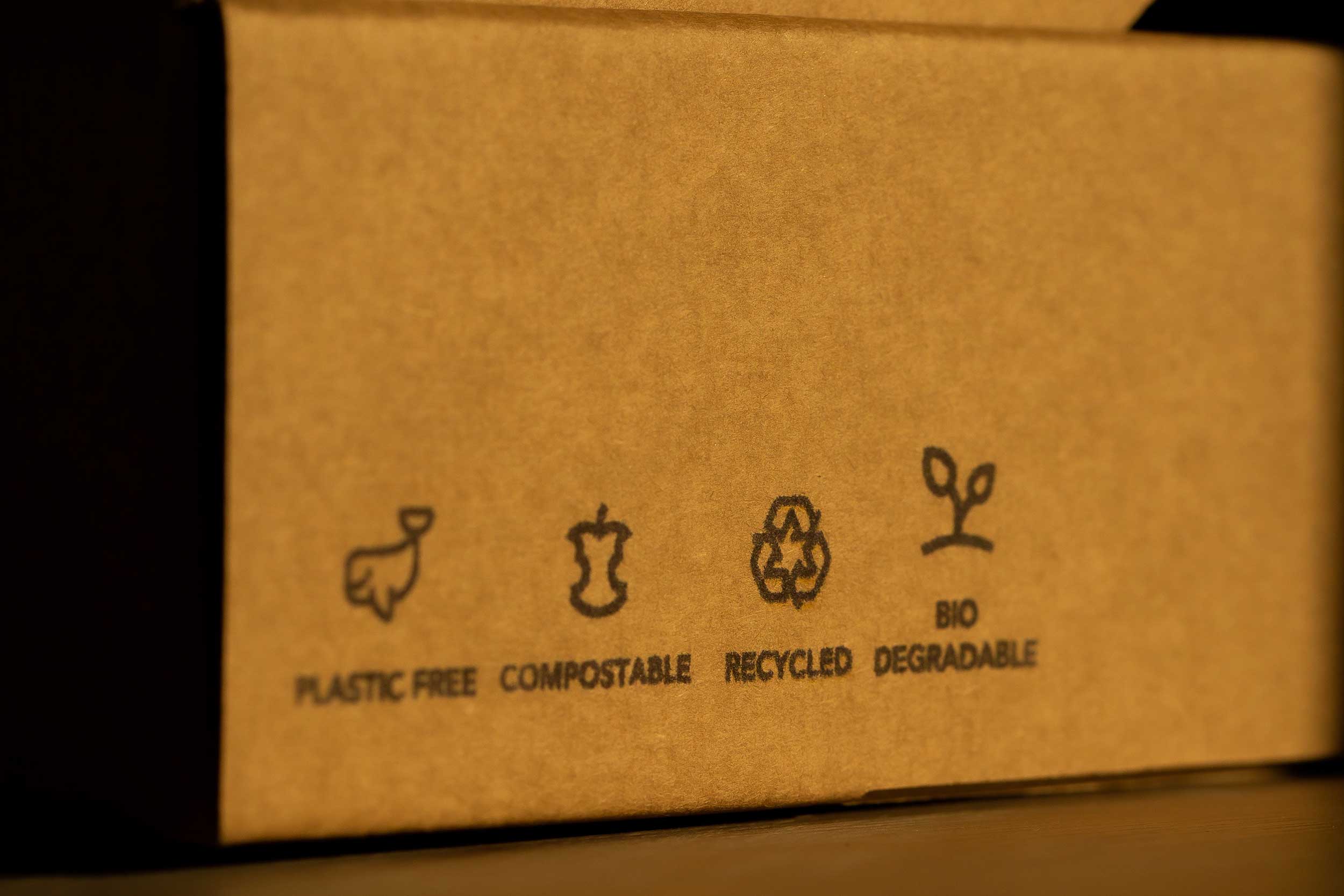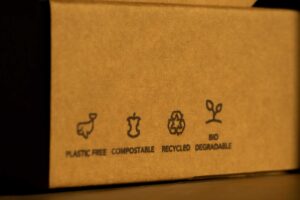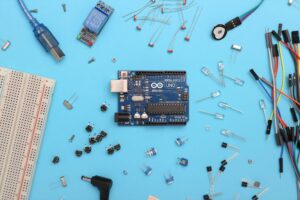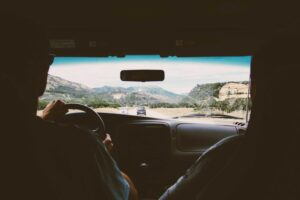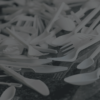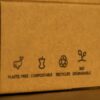“We need to make the shift to a circular economy and reduce the waste we generate!” This is a topic you may have heard a lot about. But, what exactly is a circular economy? Read on to discover what it is, how it functions, and why it is worth your attention.
A circular economy is an economic system that aims for raw materials and finished products to survive longer, without generating any waste. This way our resources lose their value as little as possible. In simpler words, a circular economy helps in increasing the life cycle of materials and products, so that there is less waste generation in this fast-moving, overpopulated, and urbanized world. It offers solutions to make materials either completely biodegradable or reusable, reducing the pressure on the environment. It thereby tackles global challenges like climate change, pollution, waste management, biodiversity loss, and much more!
So, how does it work?
In this economic system, resources are in constant circulation and they add value to all things that are discarded and considered waste by reusing, recycling, repairing, and repurposing processes. This allows for effective resource allocation and collaboration, to achieve long-term sustainability goals.
Electronics already function in this manner: they are designed to be easily repairable, and their parts are reused and repurposed as much as possible. Their lifecycle is far longer than most other types of products. We also have the technology to recycle plastic into pellets to make new plastic products, instead of discarding them carelessly. We can reduce the overall demand and production of plastic, by making this a standard practice. Similarly, we have the capacity to repulp old newspapers & magazines to manufacture new products, thereby increasing sustainable manufacturing and consumption. These methods need to be popularised and new methods of sustainable production, reuse, and disposal need to be developed for other products, in order to make the shift to a circular economy system.
The Circular Economy system also reveals the negative impacts of economic activities that cause damage to our health and our natural resources. The circular economy system tackles this by limiting the release of harmful greenhouse gases and hazardous substances, by improving the nature of products being manufactured and consumed. It also limits the pollution of air, land, and water, thereby preserving these precious resources for longer.
Indian population is increasing every day and so is the overconsumption of resources: If we keep at it, without a circular economy model, we will find ourselves living in a world with no resources to consume at all. A world filled with waste, pollution, and diseases. It will be impossible to sustain lives in a world like that, which is why we need to rethink our choices and switch our ways.
The goal of this economic system is to have a positive impact on the environment and its people. It will help emit fewer greenhouse gases, natural resources will be preserved, and most importantly, we will get to sustain lives on planet earth! We can also do our bit by making changes from our end: Using limited resources and consuming better. We can reduce our overconsumption of fast fashion and plastics while managing our waste effectively. Let us go back in time and learn from our traditions, how previous generations followed a plant-based diet, carpooled, used limited natural resources, and never consumed more than they needed.
What if waste and pollution were never created in the first place? What a wonderful, sustainable, and healthy world it would be. We cannot go back in time to change the past, but we can surely create a better future! Let us come together to not only protect but also actively improve the environment for us and the coming generations.
References
https://www.ellenmacarthurfoundation.org/circular-economy/concept
https://kenniskaarten.hetgroenebrein.nl/en/knowledge-map-circular-economy/ce-environmental-benefits/
https://www.ellenmacarthurfoundation.org/explore/the-circular-economy-in-detail
https://www.trvst.world/environment/circular-economy-facts-statistics/
